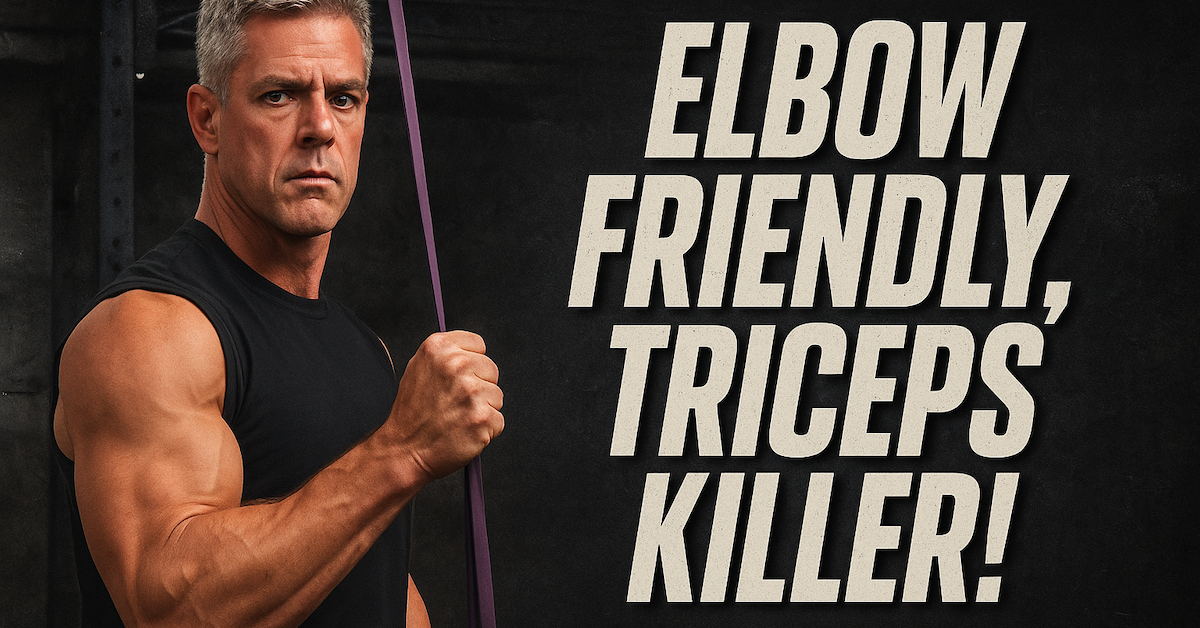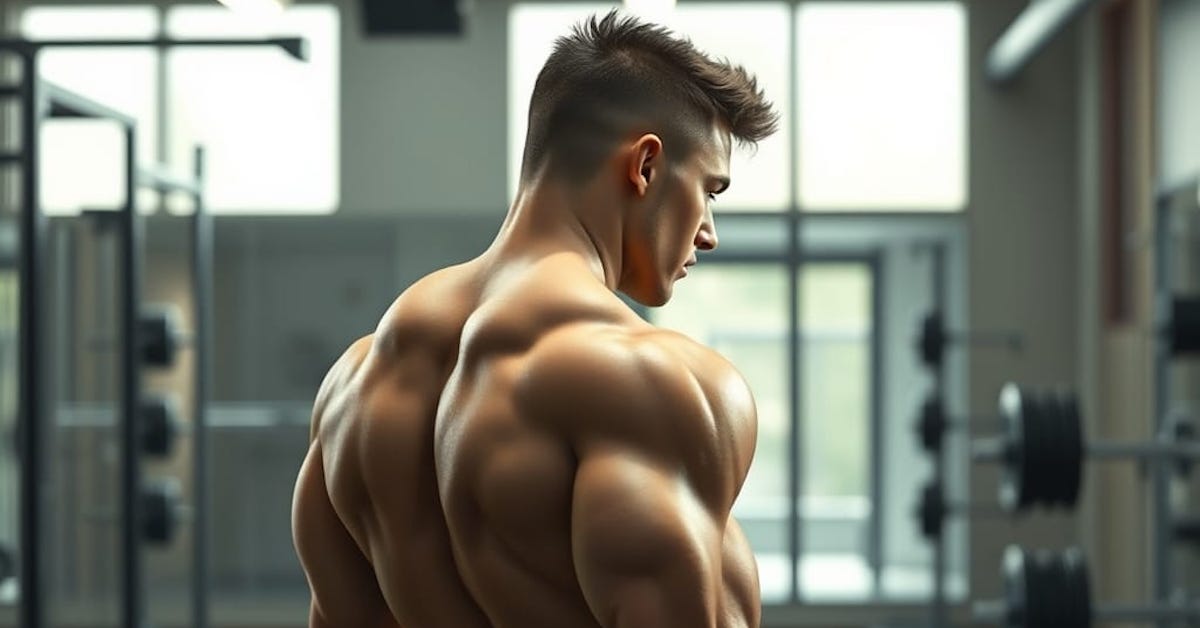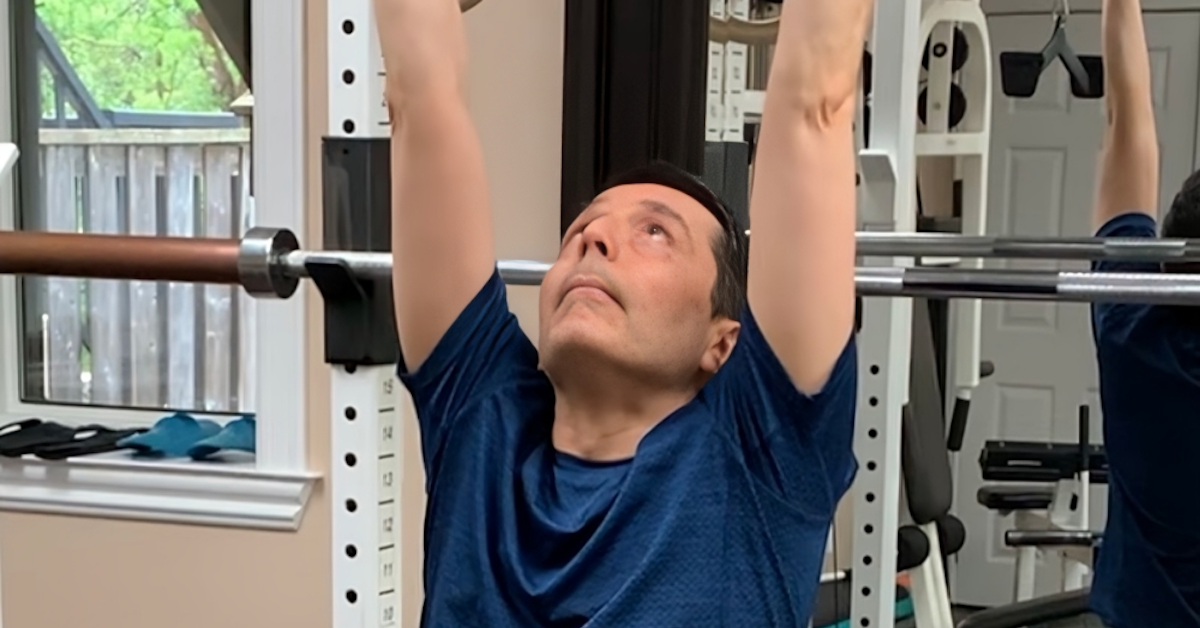For years we’ve been told to avoid behind-the-neck pulldowns and pull-ups. They place tremendous stress on the shoulders when lifting a heavy load with the humeri abducted and in a position of maximum external rotation. It’s a problem waiting to happen.
Furthermore, it’s not a natural movement. We’re not really meant to pull things behind our head in that manner, nor do we ever need to in our daily lives. Even in the animal world, you don’t see monkeys pull themselves up like that. They know it’s not natural!
At least a behind-the-neck press might be performed in real-life situations. There may be instances where you have to carry a log, yoke, wood/steel beam, or even an animal across your shoulders and then press it up. This can happen occasionally.
As far as biomechanics and safety are concerned, the head of the humerus isn’t jammed against the acromion when you press like it is when you pull behind the head (which can lead to impingement syndrome). So assuming you have adequate range of motion to perform the movement properly and it doesn’t cause discomfort, the occasional press behind the neck may be suitable.
Chin-Ups vs. Pull-Ups: A Matter of Grip
Now, consider a chin-up. Before we go further, let’s clarify the difference between a chin-up and a pull-up: a chin-up is performed with a supinated, neutral, or mixed grip, while a pull-up is performed only with a pronated grip. I want you to consider a supinated-grip chin-up. Is it a natural movement?
Think about it… How often do you press a barbell overhead with a supinated grip? You may do an overhead dumbbell press where you start with a supinated grip at the bottom but end with a pronated grip at the top (often called an Arnold press). Or you may do a reverse-grip bench press lying on your back. But I would venture to say that in all your years of lifting, you’ve never pressed a bar over your head with a supinated grip.
If I ask you to raise your arms up over your head, your palms are either facing forward or facing each other. I guarantee they’re not facing backward! And if I review your training logs for the past 5 years (and I know every serious trainee is smart enough to keep one), I’m sure I’d see various overhead presses using different implements and grip widths, but the grip orientation will always be either pronated or neutral.
So why do we perform supinated-grip chin-ups?
The obvious answer is to build muscle. Performing chin-ups or pulldowns this way is great for developing biceps, delts, and lats, not to mention the effect on your core. But at what expense? Are we compromising the health of our elbow or shoulder joints?
Should we stick to more natural pronated or neutral grips with overhead movements, and use a supinated grip solely on exercises that feel more natural with that grip, like rows and curls? After all, a reverse-grip row can be paired with a reverse-grip bench press, and any supinated arm curl can be paired with a reverse-grip pressdown, but there’s no true antagonistic movement for a supinated-grip chin-up. That alone should raise a red flag. Muscle imbalances are likely to occur if you do enough of them!
Why do I suggest it’s more “natural” to do pull-ups or pulldowns with a pronated grip and arm curls with a supinated grip?
Consider this: Reverse-grip pulldowns are done with a supinated grip and reverse-grip arm curls with a pronated grip. Why? The answer should be obvious: They’re called “reverse-grip” because they’re the opposite of how we would naturally hold the implements for those movements!
My Personal Experience
Don’t get me wrong, I love chin-ups. I’ve done them all my life and became quite strong at them (I could do chins with an additional 100 pounds around my waist in strict form), but I’ve also had problems with my elbow and shoulder joints. I’ve injured my biceps on both ends—the proximal end (both sides) and the distal end (left side)—which makes you wonder if chin-ups were a contributor.
Despite pondering this question extensively, I continue to do chin-ups. It’s hard to give them up because the benefits still seem to outweigh the drawbacks. However, I now place less emphasis on them in my training rotation, which looks something like this:
pronated → neutral → supinated → pronated → neutral → off → repeat
Each phase represents a month of training. You’ll notice I still perform supinated-grip chin-ups, but only twice a year. The bulk of my pull-ups or chin-ups are done with pronated or neutral grips, which reflects my overhead pressing patterns. Pushing and pulling in this manner helps maintain muscle balance around a joint.
Final Thoughts
We’re always quick to modify presses or remove them altogether if they cause problems, but pulling movements rarely seem to be considered culprits. Sure, if it hurts, don’t do it… but what doesn’t hurt you now may hurt you in the future! Balance between pressing and pulling movements is important, but make sure you consider grip orientation as well.

Standing Band Pressdowns: The Joint-Friendly Triceps Builder
If you want bigger, stronger arms but struggle with elbow pain or can’t seem to get the right triceps activation

Target Your Rear Delts Like Never Before
If you’ve struggled to feel your rear delts working—or to fill in that rear delt gap—this variation of the bent-over

Leo’s Chin-Up Journey (Day 1): From Zero to Hero
Can’t Do a Chin-Up? Neither Could Leo… But That’s About to Change. Leo started training with me back in September.
follow
Error: No feed with the ID 2 found.
Please go to the Instagram Feed settings page to create a feed.
